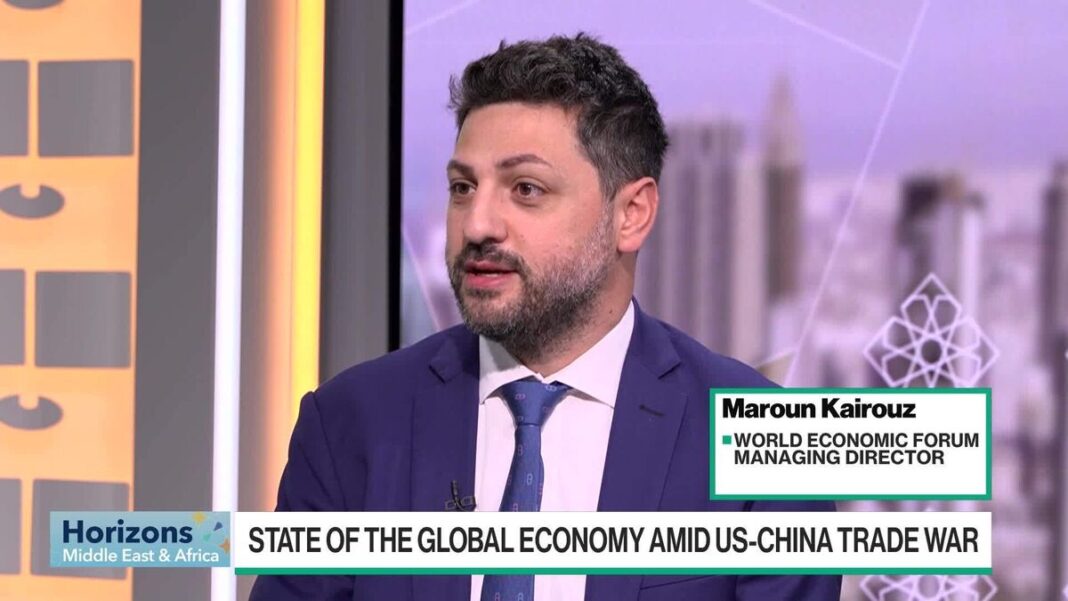Understanding the U.S.-China Trade War: A Deep Dive
The ongoing trade war between the United States and China has become a focal point in global economics, with significant implications not only for the two nations involved but also for the entire world. Recent statements by President Trump underscore the gravity of the situation, emphasizing that without tariffs, the U.S. could be perceived as “nothing.” As the trade dispute escalates, both nations are currently positioning themselves strategically for a potential summit later this month in South Korea, making the stakes even higher.
The Role of Tariffs
Tariffs, which are taxes imposed on imported goods, have become a key mechanism in this trade battle. President Trump argues that these tariffs are crucial for protecting American industries and jobs that may otherwise be jeopardized by cheaper Chinese imports. By imposing tariffs, the U.S. aims to level the playing field and force China to address trade practices that many economists view as unfair, including intellectual property theft and currency manipulation. However, such measures have not been without controversy; they can lead to increased prices for consumers and retaliatory actions from China.
Bargaining Chips in Diplomatic Negotiations
Economists suggest that the recent moves from both sides—imposing tariffs and making counterclaims—are strategic efforts to build leverage ahead of this anticipated leaders’ meeting. The concept of “bargaining chips” becomes crucial here, as both nations seek to secure favorable terms during negotiations. The backdrop of these discussions involves not just tariffs but a broader agenda that includes technology transfer, trade imbalances, and market access. The more each side can showcase their resolve through strong posturing, the better positioned they will be in talks.
The Global Economic Landscape
Interestingly, the ramifications of this trade war extend far beyond the U.S. and China. Maroun Kairouz, Managing Director at the World Economic Forum, highlights a trend toward introspection among many countries. Nations are increasingly prioritizing domestic industries and protecting local jobs amid global uncertainty. This inward focus could reshape international trade dynamics, leading to a more fragmented global market. As countries evaluate their economic dependencies, they may diverge from established free-trade frameworks, opting instead for protectionist measures similar to those adopted by the U.S.
The Chinese Response
China’s response to the U.S. tariffs has been multifaceted. In retaliation, China has implemented its own tariffs on American goods, targeting products from agricultural sectors to automobiles. The Chinese government recognizes the potential harm to its economy but is also determined to portray strength during negotiations. As China’s economy continues to evolve, the leadership is increasingly focusing on technological advancement and innovation to support long-term growth, making it crucial for them to navigate this trade landscape effectively.
Anticipating Future Developments
With the meeting in South Korea on the horizon, the world watches closely to see how both leaders will approach the negotiations. Experts are speculating about the potential for a framework that could lead to a cooling of tensions. However, skepticism remains, given the history of back-and-forth between the two powers. The ultimate outcome may hinge not only on tariffs but also on broader strategic interests, including national security and geopolitical influence.
Public Sentiment and Impact on Consumers
As these negotiations unfold, American consumers may feel the squeeze. Increased tariffs often lead to higher prices at the checkout, which can erode purchasing power. Public sentiment is crucial; while some support the president’s tough stance against China, others express concern about rising costs and the potential for global economic downturns. This divide illustrates the complexity of trade policy and its direct impact on everyday lives, making it a hot-button issue that resonates across the political spectrum.
Conclusion: A Dynamic and Evolving Situation
In the arena of international trade, the dynamics between the U.S. and China are complex and continually evolving. As both nations prepare for significant discussions in South Korea, the world will be keenly focused on how each side approaches the negotiations. Understanding the multifaceted nature of this trade war, including the economic, political, and social factors at play, will be essential in predicting future developments and their implications for the global economy.
This ongoing saga emphasizes the interconnectedness of modern nations and the delicate balance of diplomacy, economic policy, and public sentiment in shaping our world.



